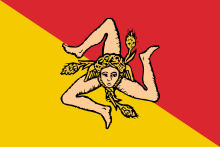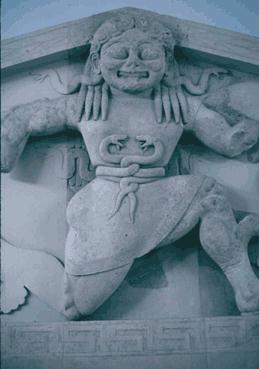Finding Medusa Postures
Home » Articles and News » Finding Medusa Postures
by Ilene Root
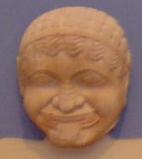 History: I conducted extensive research on the origin and archetypal meaning of Medusa for my doctoral dissertation in Depth Psychology*. Briefly, research led me to conclude that the Gorgon, a human female/animal theriomorphic hybrid with serpent, bird and fanged-beast attributes, is far more ancient than the Classical-era Greek myth of Perseus and Medusa. In fact, Gorgon-like artifacts have been found on almost every continent dating from at least 8,000 BCE.
History: I conducted extensive research on the origin and archetypal meaning of Medusa for my doctoral dissertation in Depth Psychology*. Briefly, research led me to conclude that the Gorgon, a human female/animal theriomorphic hybrid with serpent, bird and fanged-beast attributes, is far more ancient than the Classical-era Greek myth of Perseus and Medusa. In fact, Gorgon-like artifacts have been found on almost every continent dating from at least 8,000 BCE.
The evidence points to Medusa’s origin as the Death aspect of the primordial Bird/Serpent Goddess of Life/Death/Renewal. Archetypally, this iconic figure can be imagined as the dragon, or feathered-serpent, the energy of creation at the heart of the Ouroboros—the tail-biter as alchemical symbol of eternal return.
Clues also abound that Medusa shares joint-origin with Athena, Greek Goddess of rational wisdom. See the snake fringed “Warrior Athena” image above from a 6th century BCE Acropolis that pre-dates the current Classical-era temple. Twisted-sister Athena forever carries her split off twin-aspect Medusa on her breast, as a reminder of her lost Chthonic-wisdom. With the beheading of Medusa, a crucial component of psyche was lost. Iconography reveals Medusa’s deep entanglement with shamanism. Therefore, if Athena represents rational Logos cognition, then Medusa could represent the supra-ordinary potentiality of consciousness.
The earliest iconography of Medusa, that depicts the Gorgon as full-bodied, as opposed to a mask-like head, stems from around 7th century BCE in Greece, Magna Graecia in Sicily and in Etruscan Italy. The majority of images show a curious, stylized posture, called sky-dancing by researchers, showing Medusa frozen as if running or flying, with one knee and arm up and the other down. Termed “knielauf”, this running/flying posture is very ancient and has been found all over the world, such as Indic Dakini sky-dancers.
Medusa is thought to have been part of early rituals in the ancient world. The earliest known depiction of the myth of Perseus and Medusa, from the 7th century BCE, was found on an amphora at Eleusis in Greece, at the site of the sacred Eleusinian Mysteries. Medusa and her two Gorgon sisters are shown wearing, what appears as a Gorgon mask, and dancing.
Also, since the 6th century BCE, the flag of Sicily has displayed the head of Medusa surrounded by 3 flying legs. Known as a Trinacria, Triskelion, or triple spiral, this is a primal symbol for the cosmic energy of creation.
As an avid practitioner of Cuyamungue ecstatic trance, my “posture antenna” was piqued. I’ve been “visiting” with Medusa through trance for a while now, experimenting with various forms of postures. I’m eager to have others try them and give me feedback: Thanks! Ileen Root rootileen@yahoo.com
Flag of Sicily; Celtic Triskelion from Newgrange, Ireland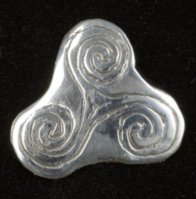
*Redeeming the Gorgon: Reclaiming the Medusa Function of psyche by Root, Ileen Brennan, Ph.D., Pacific Graduate Institute, 2007, 238 pages (http://gradworks.umi.com/33/34/3334696.html
Warrior Medusa Posture:
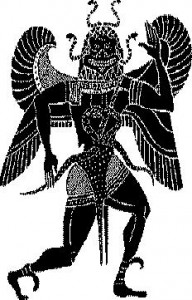 Stand similar to Yoga “Warrior” pose, with left knee pointing to left and leg slightly bent. Right leg is back, knee facing left and slightly bent, right foot turned slightly inward. Turn torso and head to face forward. Left arm is shoulder-high above left leg, with elbow bent upward at 90 degrees, palm facing forward. Right arm is bent down with palm facing back. Bare your fangs in a grimace, stick out your tongue. If necessary, the posture can be held while leaning against a wall for support.
Stand similar to Yoga “Warrior” pose, with left knee pointing to left and leg slightly bent. Right leg is back, knee facing left and slightly bent, right foot turned slightly inward. Turn torso and head to face forward. Left arm is shoulder-high above left leg, with elbow bent upward at 90 degrees, palm facing forward. Right arm is bent down with palm facing back. Bare your fangs in a grimace, stick out your tongue. If necessary, the posture can be held while leaning against a wall for support.
Note: In some images the arms and legs bending are reversed. Imagine that you are a dancer depicting the Gorgon, perhaps as the Death Goddess, in an ancient ritual, with serpents entwined around your waist and face, staring ahead with Medusa’s implacable eyes of death. You can wear a mask, or close your eyes and imagine it.
This is basically the same pose, but lying prone on back with legs and arms bent, left up and right down as before. A pillow can be placed under knees or lower back if needed. The posture can also be held while kneeling on the right knee, but is difficult to hold.
Ileen Root, PhD Depth Psychology, Pacifica Graduate Institute, is a creativity, career and life-transitions counselor in Clearwater, Florida. She is currently writing “The Medusa Key: Lost Alchemy of the Dark Goddess.” She is completing her training as a Certified Instructor with Cuyamungue, the Felicitas Goodman Institute.
Home » Articles and News » Finding Medusa Postures

